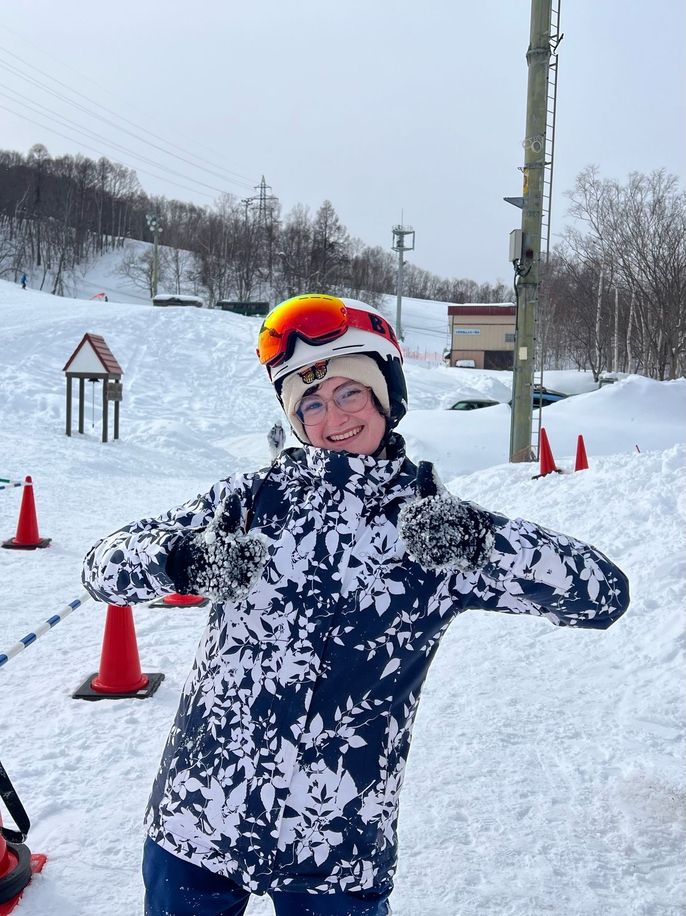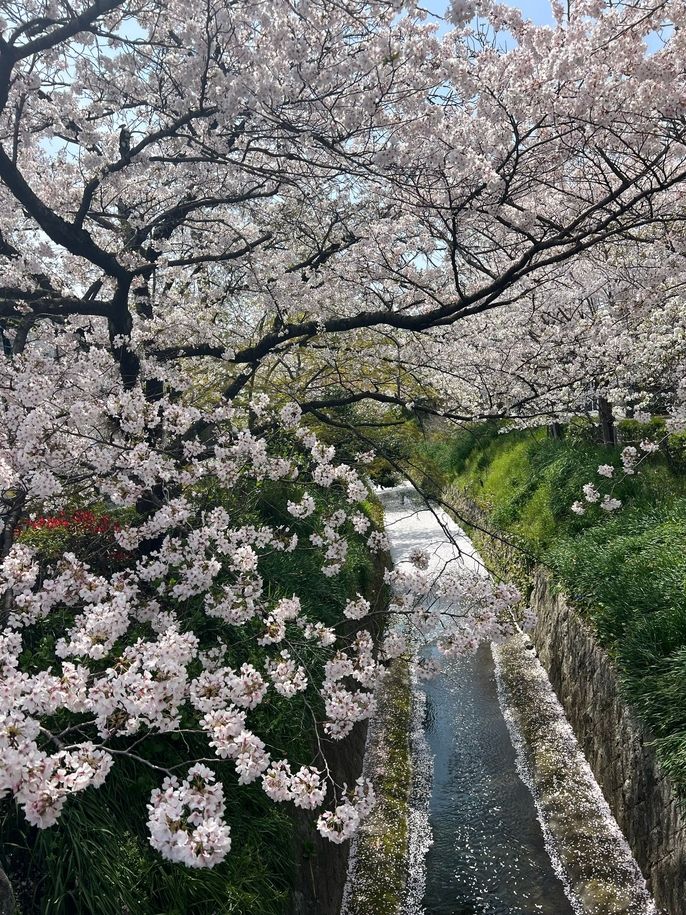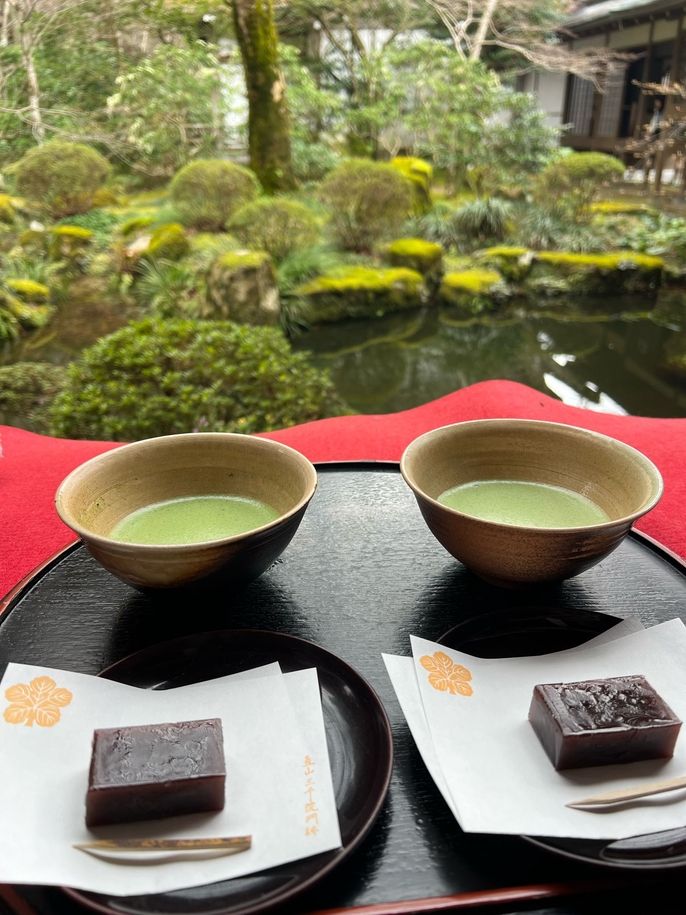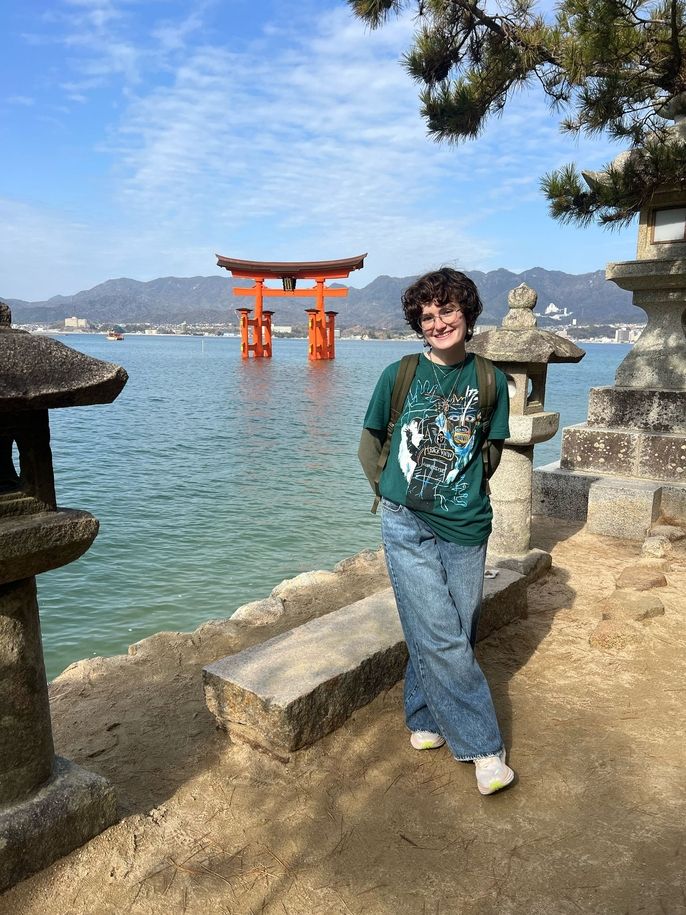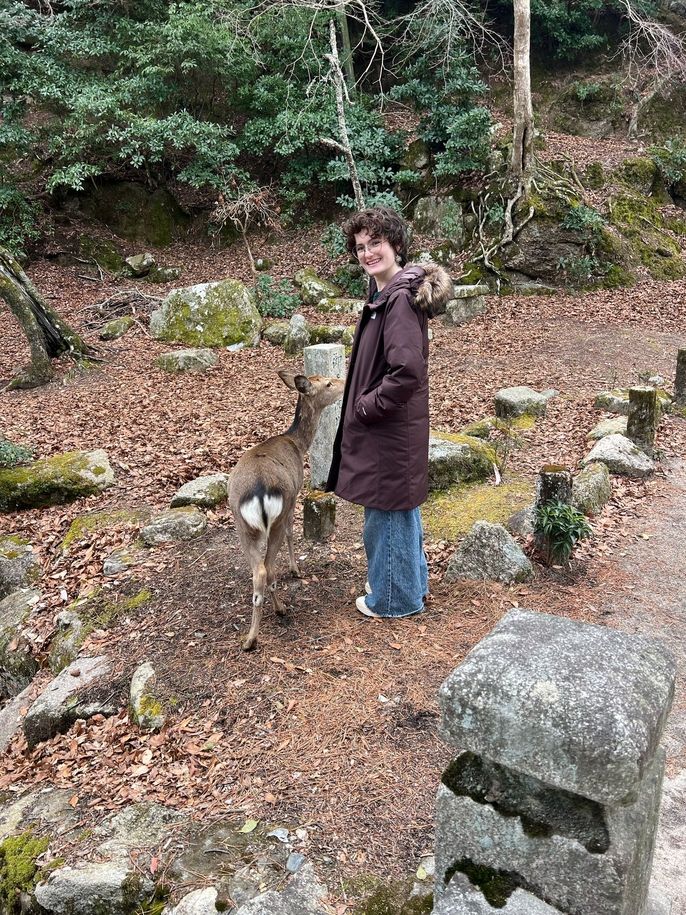Travelogue Across Japan: Part 1
みなさん、こんにちは!ソフィアと申します!Hello everyone! My name is Sofia, and I am a junior from Denison University in Granville, Ohio, studying abroad in CIEE Kyoto’s Ancient & Modern Japan Program! I’ve had the incredible opportunity to travel across the country to nearly every region (with Kyushu and Okinawa coming soon!) both by myself, with friends, and with CIEE. So I want to share my adventures with you!
Kyoto (Kyoto Prefecture, Kansai):
Starting off in Home Base, Kyoto! The city is massive. I’ve spent hours just going to temples, museums, coffee shops, etc., and there is still so much I haven’t seen. But I’ll share four of my absolute highlights:
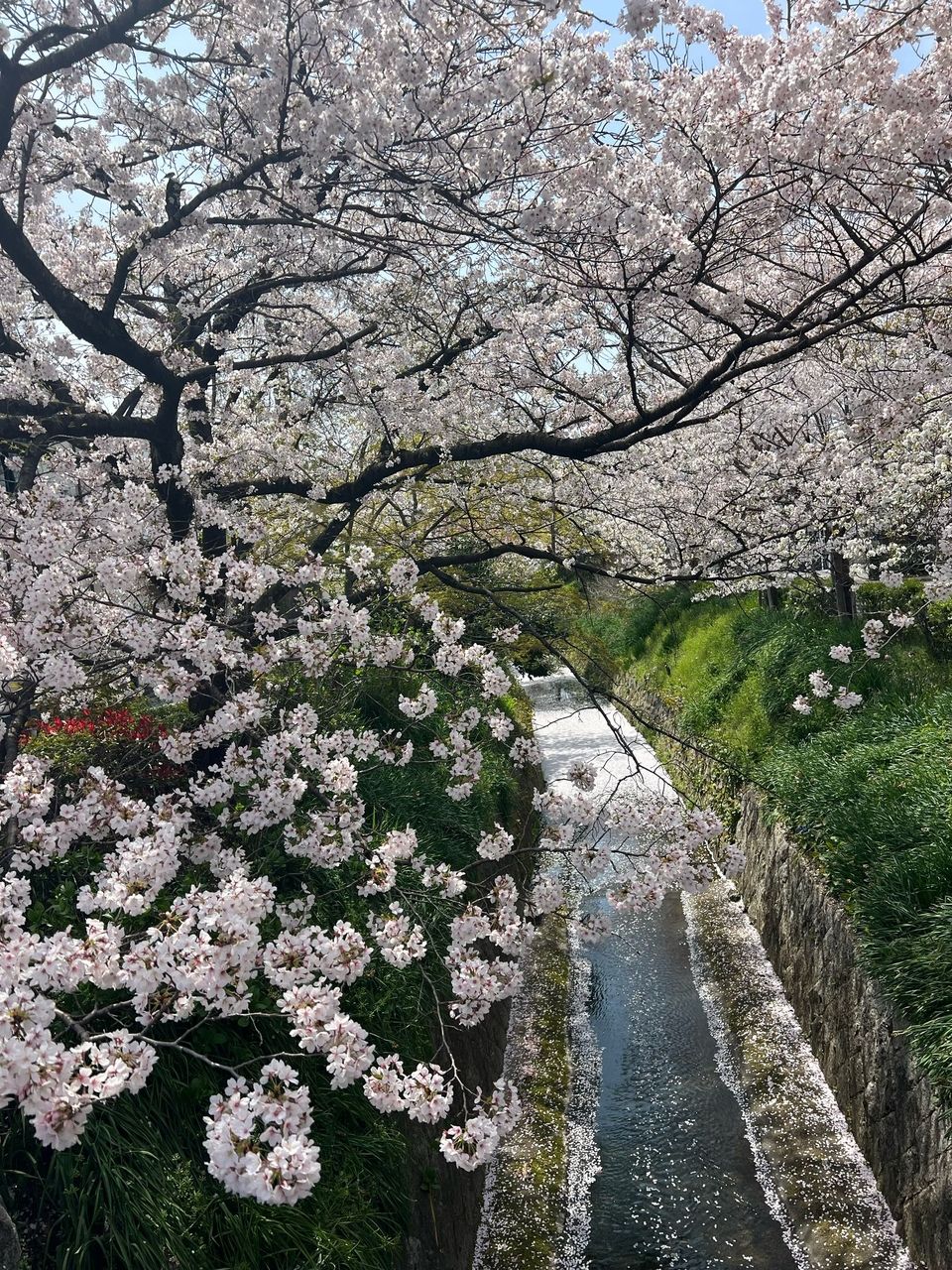
Kitano Tenmangu Shrine! This is my favorite shrine in the city. The kami of the shrine is Sugawara no Michizane, who was a real scholar during the Heian period but has since been deified as a god of learning. The shrine is also dotted with Ushi, or cow, guardian statues. It’s located in the north-east quadrant of the city south of Kinkakuji, the golden pavilion (and honestly, I recommend Kitano Tenmangu ten times more than Kinkakuji). They hold a flea/antique market at this shrine at the end of every month, and it’s massive! Stalls up and down the roads, spilling out of the shrine and down into the nearby streets. It’s really awesome, and I recommend that you check it out! The pottery in particular is really awesome to dig through! But, if you had to only visit this shrine once, you should do it during Ume blossom season.
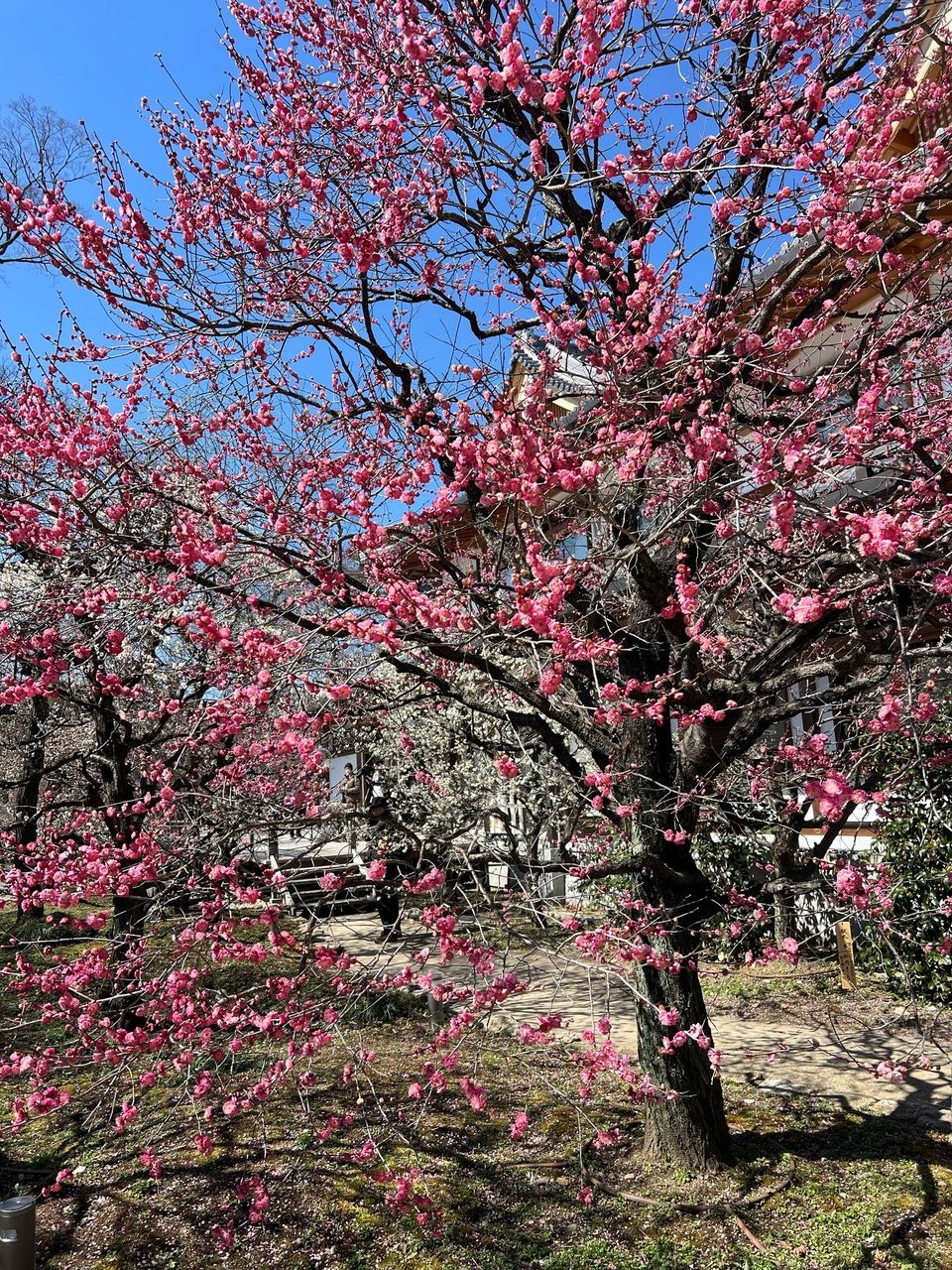
Ume blossoms happen before Sakura, so they usually bloom in February or March. Kitano Tenmangu features a sprawling Ume grove with dozens of different varieties, from deep magentas to pastel pinks and whites. They cover almost the whole shrine, and gently hang over the stone Ushi. It’s absolutely gorgeous. You can also enjoy ume okome-sembe and salty tea while you look at the beautiful blossoms, like I did here!
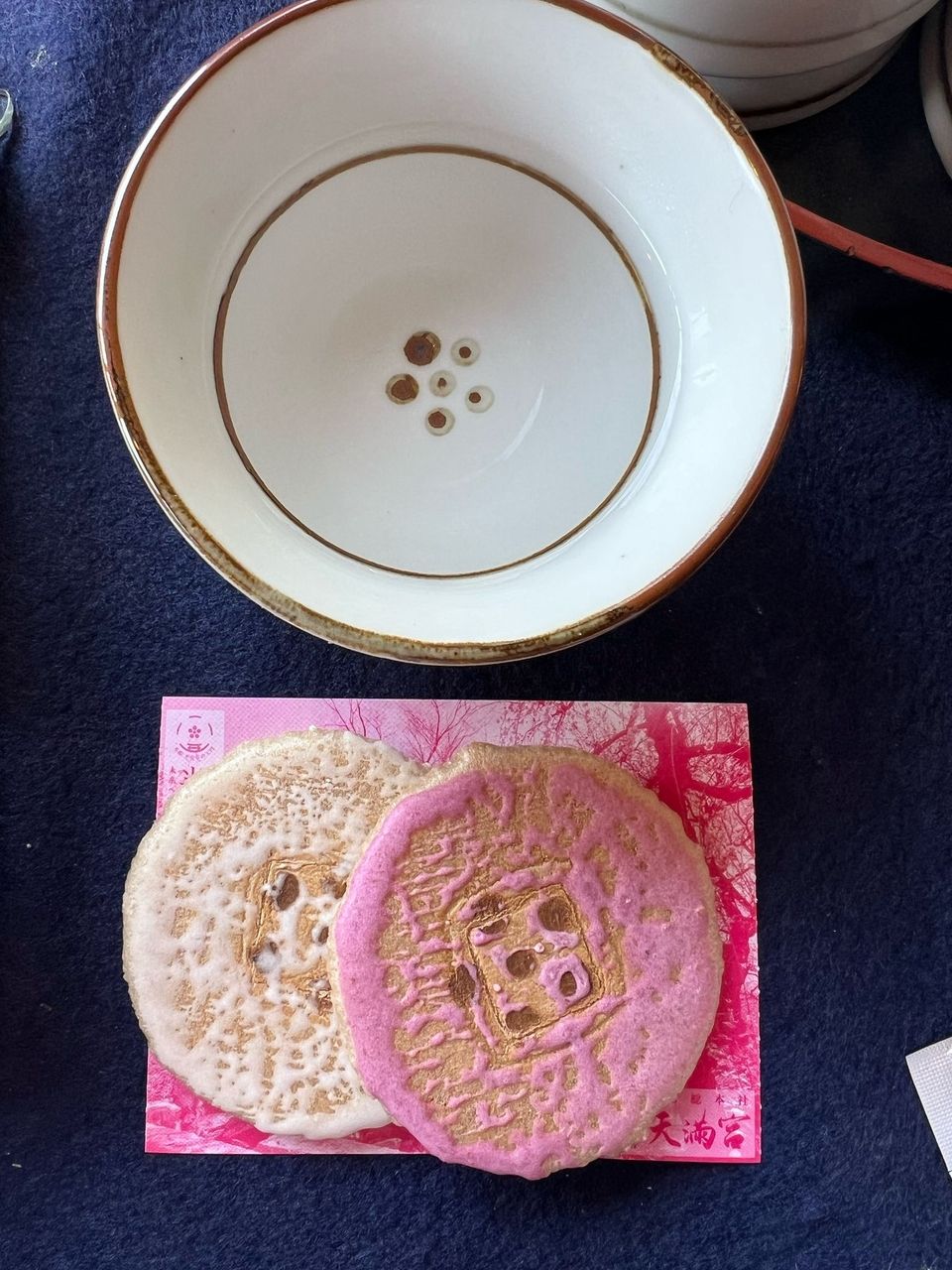
Shimogamo Shrine, probably my second favorite shrine, is about a twenty-minute walk west from Kitaoji station in Tadasu-no-Mori, which is very close to Otani University if you happen to take CIEE classes there. Regardless, it’s a beautiful area worth a trip. The shrine has a gorgeous stream flowing through it, cutting it into halves, with striking red bridges, beautiful sakura trees in season, as well as other vegetation and foliage in the forest! The trees in Tadasu-no-mori are ancient. Shimogamo is also known for their beautiful omamori, or wishing amulets, as well as their water-fortunes, paper slips that you dip into water to see your fortune! The special omamori they offer are made of delicate thread and come in seasonally; while I was here, I purchased their
sakura design, and their beautiful blue and black bird wing to celebrate Yatagarasu, a crow god of guidance.
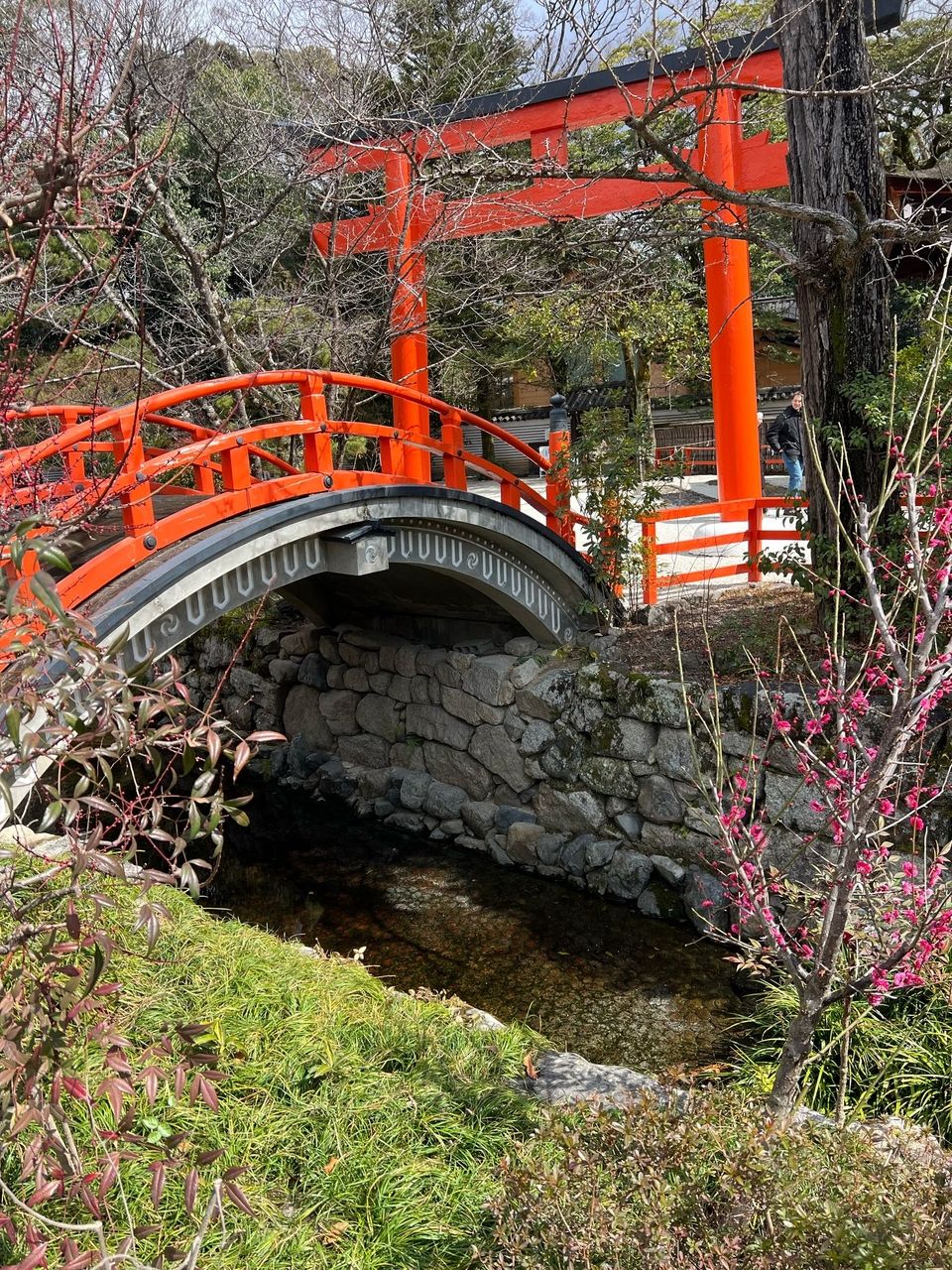
Sanjusangendo Temple: Okay, now this one has become a lot more popular in recent years. My Japanese professor back in America, who lived in Japan many years ago, recommended it to me as an “off the beaten path” type spot; I wouldn’t really call it that now, but it’s still one of the most impactful singular temples I’ve been to, and really worth a visit. It’s located about a twenty-minute walk or less than 10 minute bus ride away from Kyoto station, right across from the Kyoto National Museum. The name “Sanjusangendo” refers to the 33 spaces between the pillars in the main hall. It is supposed to parallel the 33 forms of the Bodhisattva Kannon; it’s also renowned for its Toshiya archery tournaments! The temple’s main feature are the 1,000 individual gold Kannon Bodhisattva, forty arms and different, unique facial features. There are also the 28 guardians standing in front of the statues. They’re imposing and awe-inspiring; for me, Jimmon-nyo was the most powerful to see. She’s also called Hariti in Sanskrit, and is a sort of mother deity among the guardians. Among the other guardians, who are covered in intricate heavy armor and decorations, she is plain, with just a simple robe covering her. It’s a really interesting contrast to see.
Ohara! Ohara is a small town north of Kyoto, about a 20-minute bus ride from Kokusaikaikan at the top of the Karasuma Subway line. These temples are some of the most stunning things I’ve seen in my life. The design of the gardens in these temples is meant to be like a painting, so the wooden beams frame big openings where you can sit and view the garden while you drink tea and eat wagashi; the experience is so dynamic and memorable!
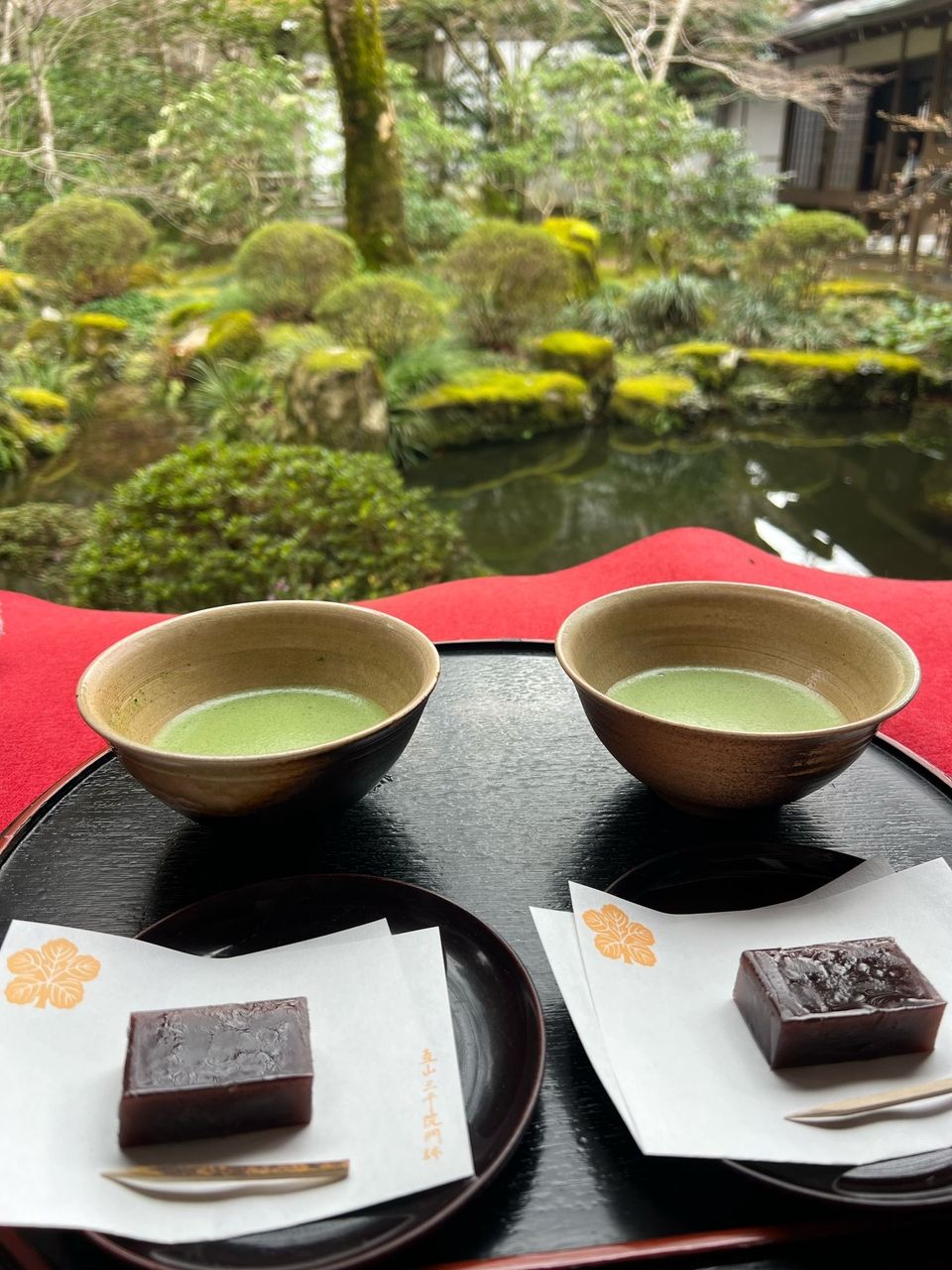
I kept telling my friends: “I wish my memory could just photograph this and I could see it forever.” A picture never captures it the way it looks in person, but I will include one here for you to get the gist. But, really, like everything that will be on this list, a picture can’t do it justice. Being there, seeing it, walking around even when your feet hurt, will make it all the more special and memorable.
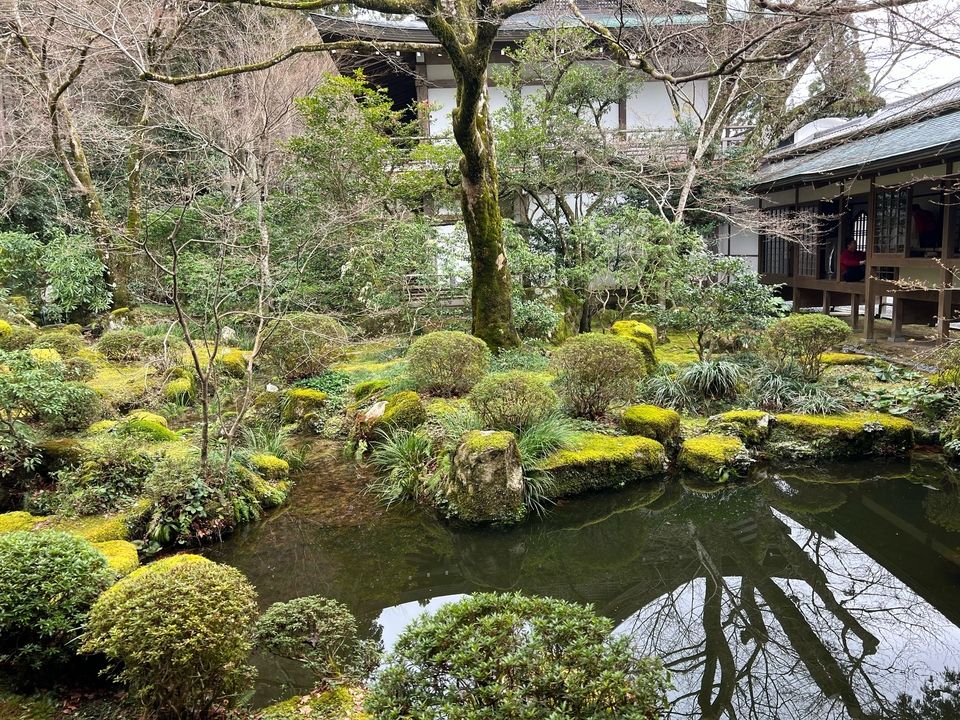
I went to Ohara right after rain, so the moss was the most brilliant green and all the flowers were bright with dew. My favorites are called Mitsutama, little white-and-yellow puffs that bloom from branches divided in threes. They are actually used to make Wagashi, or Japanese paper. They’re the reason that Japanese bills have a shine to them! And they grow all over the temples in Ohara, at least in early spring.
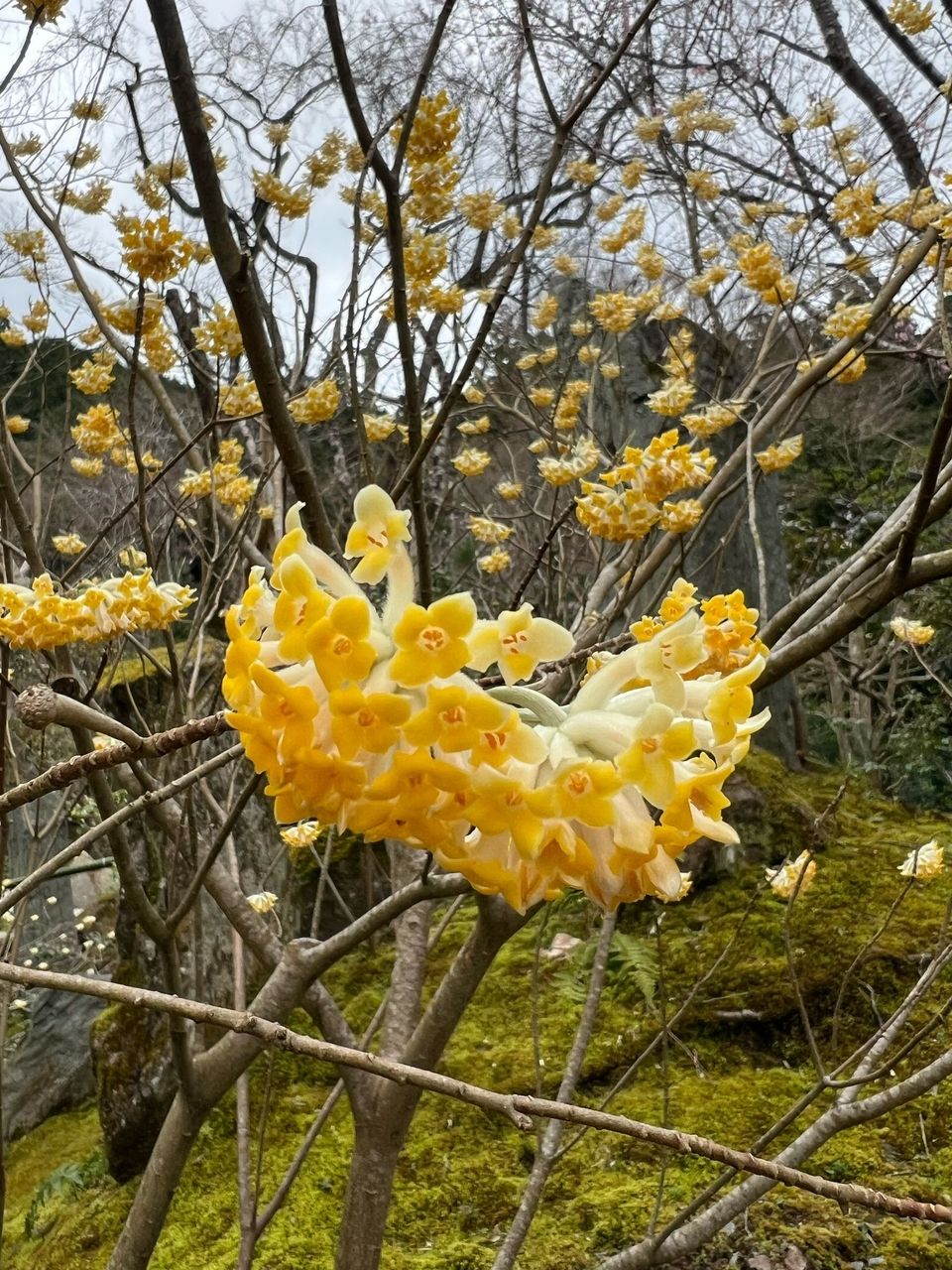
Food! Of course, I have to share the must-eats of these places.
In Kyoto, I recommend trying an Obanzai restaurant, as well as Yatsuhashi or other local wagashi! But I have two places that are really close to my heart: Cafe Sentido across from CIEE, and Mogu Mogu owned by one of my professors.
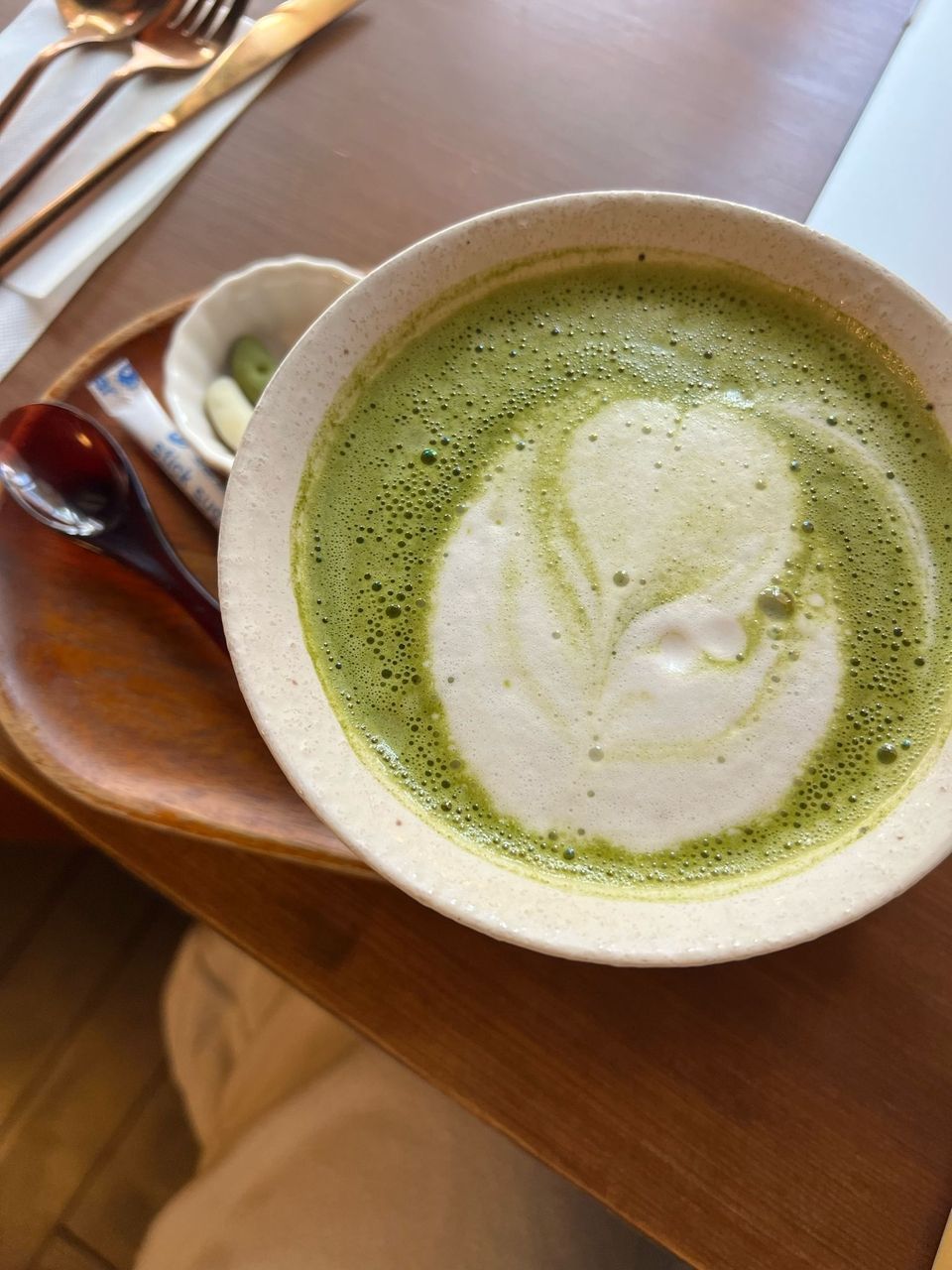
Both have my absolute favorite coffee in the city, Sentido has delicious breakfasts and afternoon treats, and Mogu Mogu’s lunches will knock your socks off. If you’re convinced, go and tell them Sofia-san sent you!
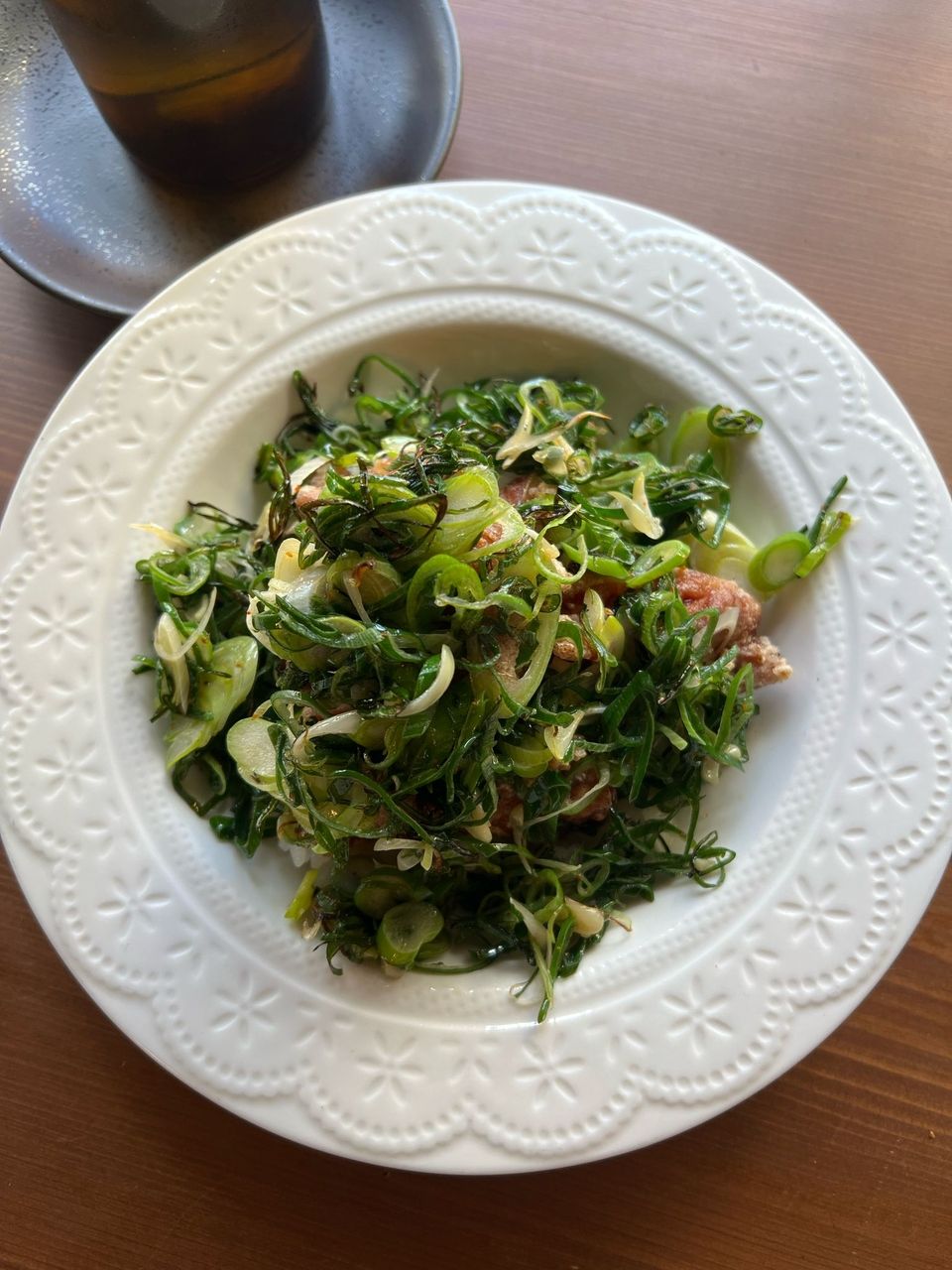
Hiroshima & Miyajima (Hiroshima Prefecture, Chugoku):
First stop, Hiroshima!
If you decide to join the AMJ program, you’ll likely get to go on this CIEE-sponsored trip to Hiroshima! It may be your first time traveling to another city, but either way, this overnight excursion is such a fun time to explore a new location!
First, we took the Shinkansen into Hiroshima station and headed for the peace museum. There, I saw one of my bucket-list monuments: Sadako’s thousand paper cranes, otherwise known as the Children’s Peace monument in the park on the way to the museum. Sadako was a young girl who contracted leukemia caused by radiation poisoning after the A-bomb; shortly before she passed away, she wanted to create a thousand paper cranes. Japanese traditional legend says that if you make a thousand paper cranes, you are granted a wish. The monument stands for Sadako’s wish, for a world without nuclear weaponry. Thousands and thousands of paper cranes are brought and hung at the monument still today.
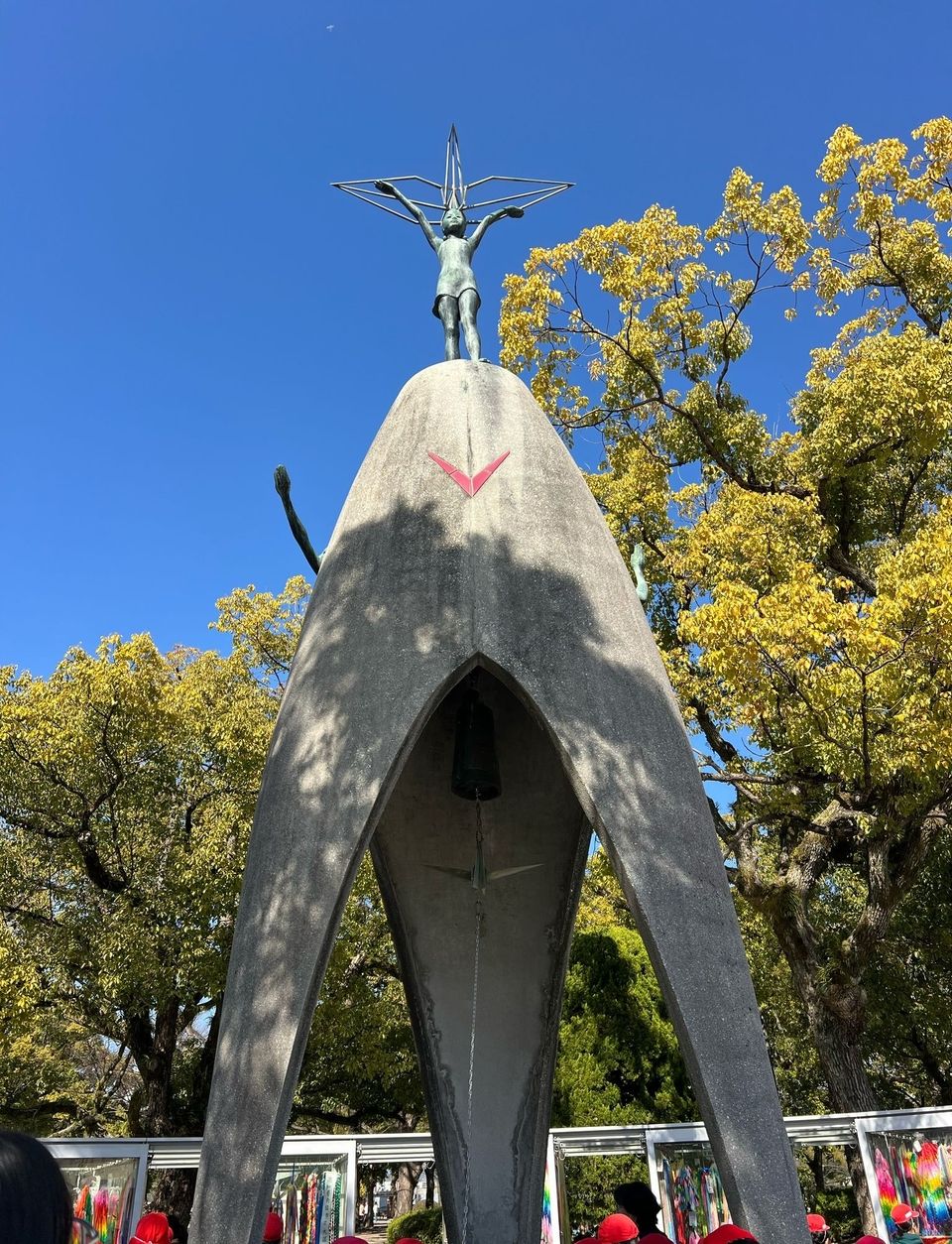
The Hiroshima peace museum, as expected, is heavy. When I was there, I felt this tight pressure the entire time. I was becoming physically sick from looking at the photos and reading the stories. I had to step out for air because I was struggling to keep it together. Heavy and uncomfortable as it is, the Hiroshima peace museum is essential. If I could transplant it to America, I would. It is an absolute gem of historical representation and a bulwark of educating empathy and the horrors of war, and I am grateful I was able to see it.
On a lighter note, the second day of the trip takes us to Miyajima island, home of Itsukushima shrine with its striking Torii gate rising out of the sea.
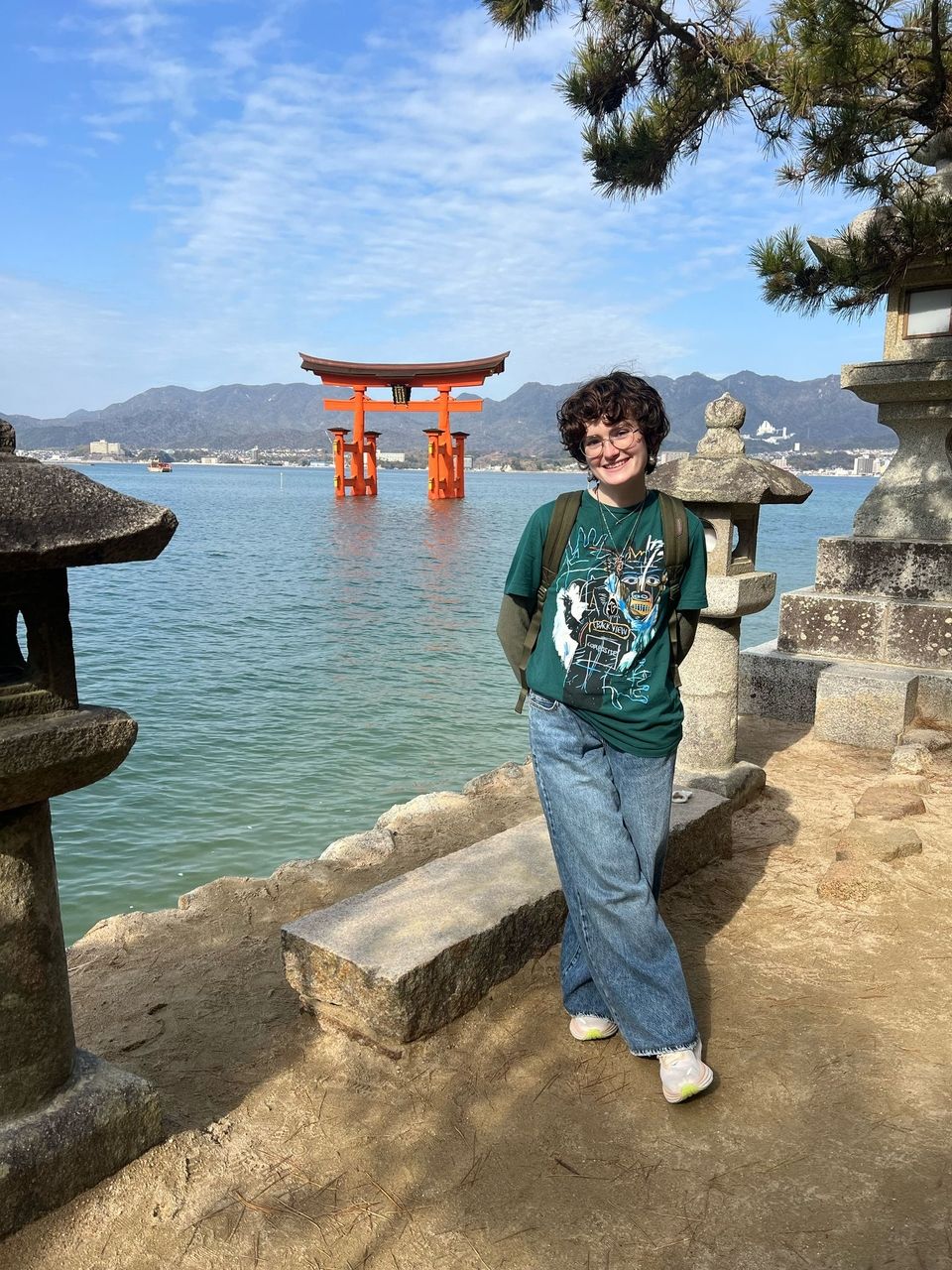
The island is covered with deer, and while Nara is famous for its bowing deer, these Shika-san were so adorable and sweet! They are native wild animals, so you shouldn’t try to feed or pet them, but if they approach you you’re free to interact with them. Between the deer, the stunning shrine, and the beautiful nature, I don’t know what my favorite part of this area is!
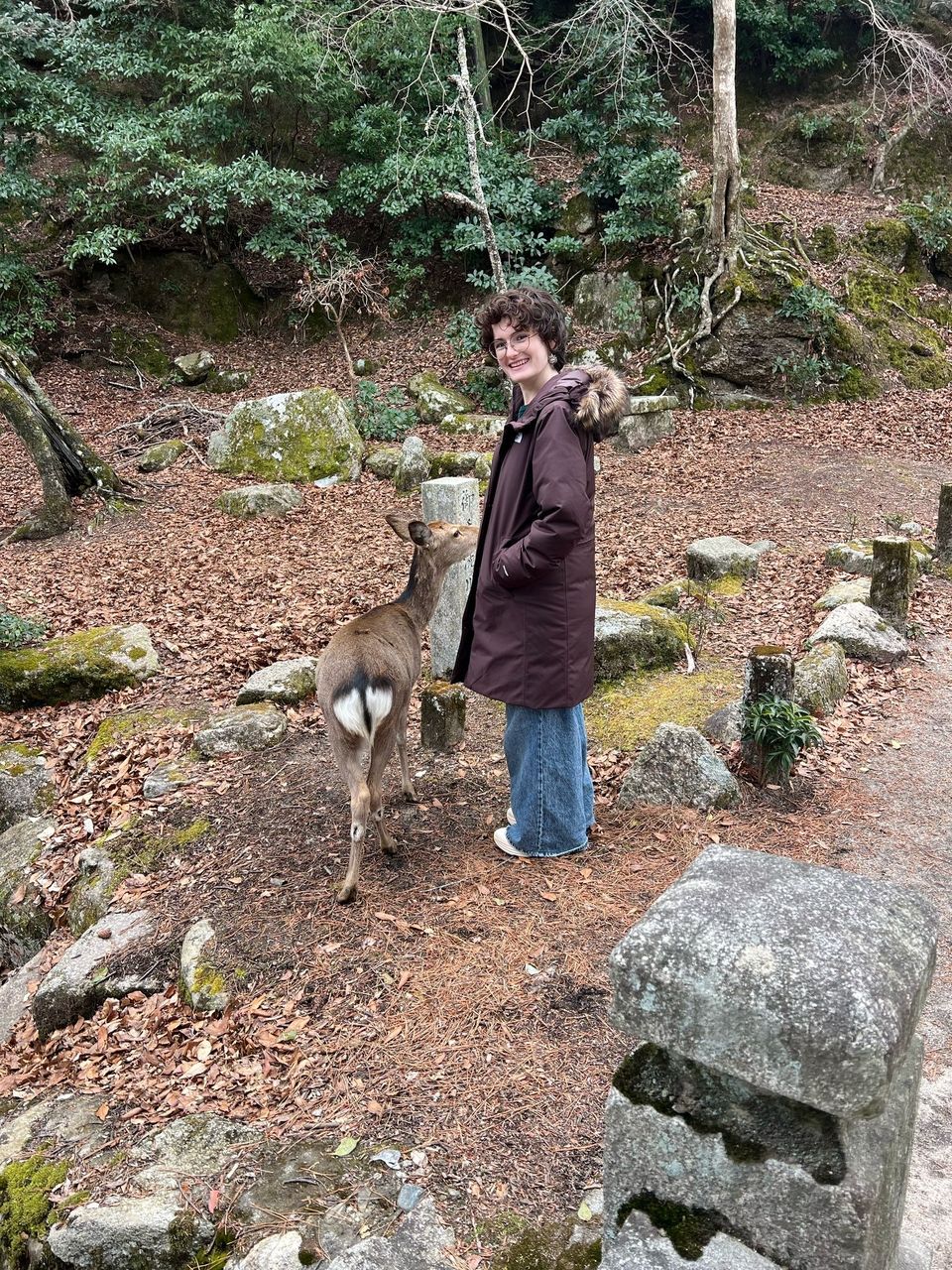
Hiroshima is famous for its oysters, or Kaki, and that’s my recommendation to eat! Eat them raw, grilled, on top of Hiroshima-style okonomiyaki, but just eat oysters! They’re so fresh and can be flavored in a lot of interesting ways. I had a Kaki onigiri flavored with olive oil that I found really delicious!
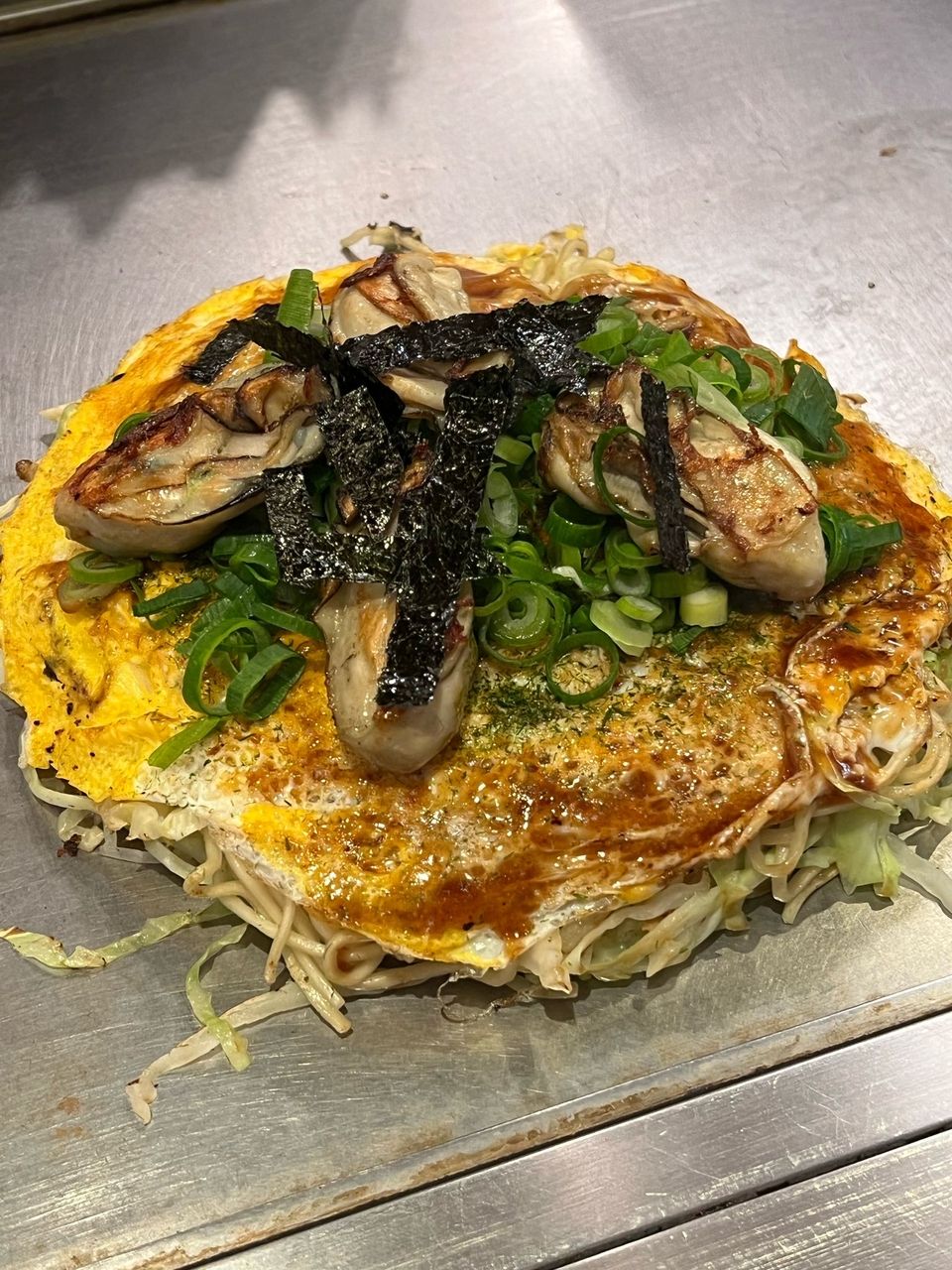
On the sweet side, the prefecture is most known for Momiji Manju. Manju is a type of Wagashi that is baked, sort of like Dorayaki, only it isn’t grilled. Momiji are maple leaves, which is the shape the Manju are baked in! They’re perfectly delicious on their own, but you should really try them Tempura’d! It makes the filling warm and goey, and gives the outside a fun crunchy texture!
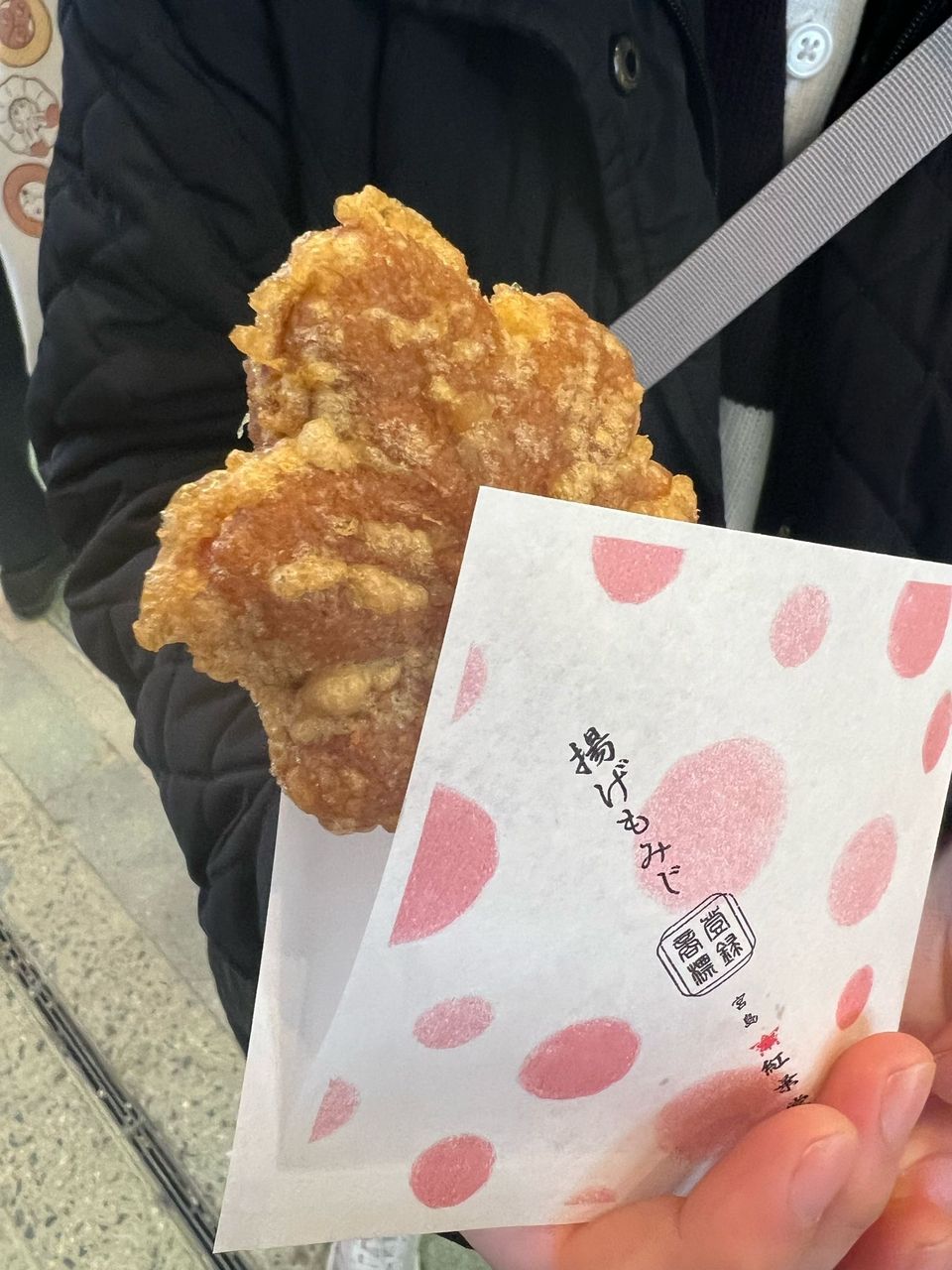
Otaru (Hokkaido):
On Orientation for my CIEE program, we were given Daruma and told to make a wish. When you wish on a Daruma, you paint in one eye, and when you fulfill your wish, you can paint in the other. I told myself that by the end of my time in Japan, I had to go to Hokkaido.
This was my first ever solo trip, my first time booking flights and accommodations on my own, my first time staying in a hostel, etc. I ended up doing the trip with a friend from my home school who was studying in Tokyo, but we stayed in separate locations and spent a whole day apart.
I decided on Otaru because it was close enough to Sapporo to be convenient, while not being as expensive. It was a total whim, but one I’m so glad I made. Otaru immediately struck me as a town trapped in time; the port is surrounded by Western-style industrial remains, converted Banks and Warehouses, all remnants of Otaru’s interactions with the West, particularly during the Taisho period (there is even a massive banner of Emperor Taisho in one major shopping street). But other buildings look like they’re coming straight out of the ‘70s. Like this restaurant my friend and I went to. A quintessential Japanese diner, complete with smoky ash trays, antique tea ware, and seats just a little worn down—it gives them character! The obaasan there was really kind to us, and even gave me a cloth tissue case as a present.
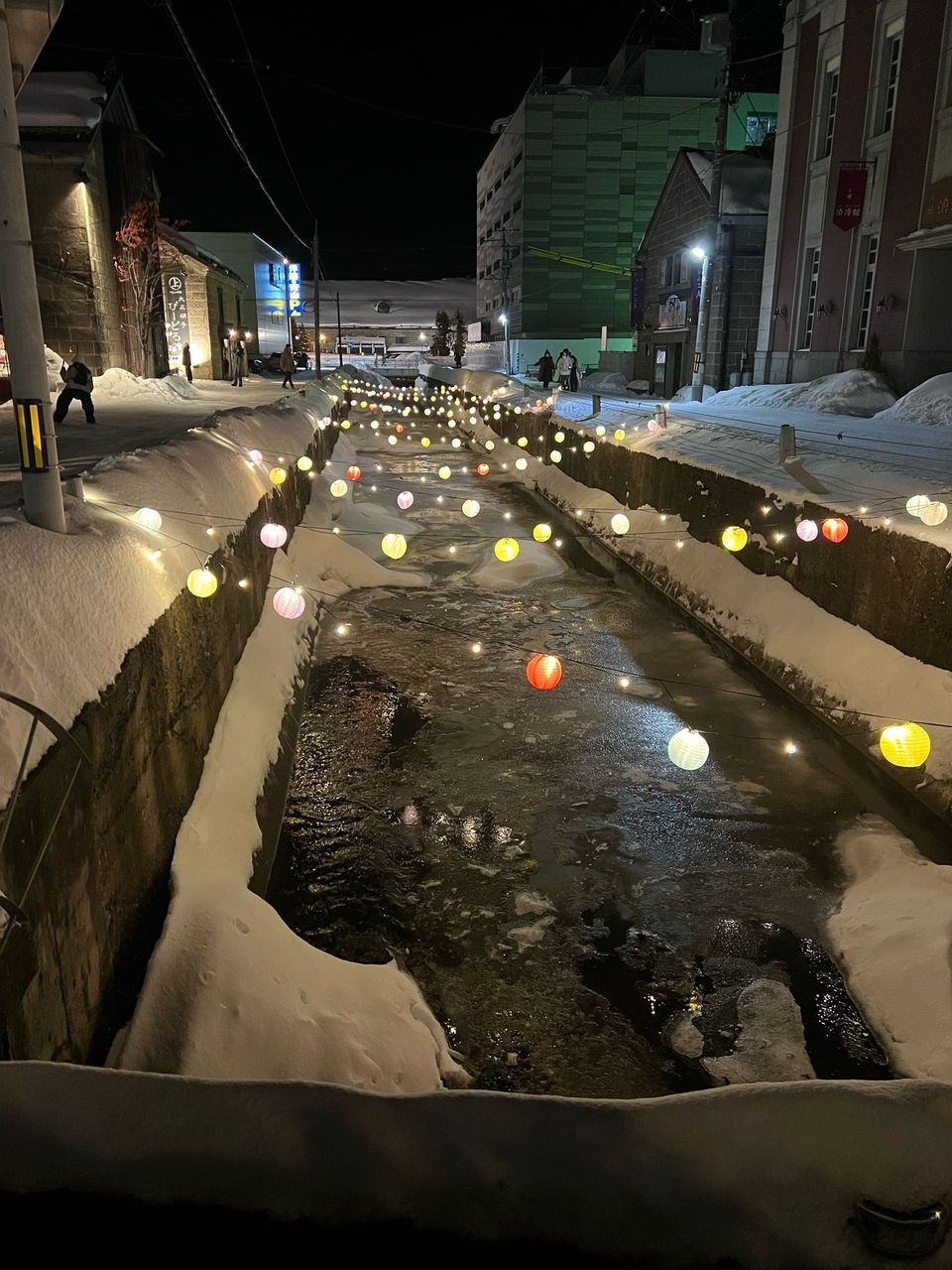
Highlight of the trip was skiing on Otaru Tengu-Yama! This was only my second time skiing, and man, I had such beginner’s luck the first time I went a few years ago, because this slope had it out for me. I thought I should take it slow and just follow the Japanese kids practicing on the beginner slopes. Bad choice. Kids that live on mountains can ski. I fell out of my skates multiple times in a single run, got ice stuck in my ski so that I couldn’t clip back in, and my goggles were so foggy I could barely see for half the day. My butt may have been wounded, but my pride wasn’t, even though I was handily out-skied by dozens of kids half my size.
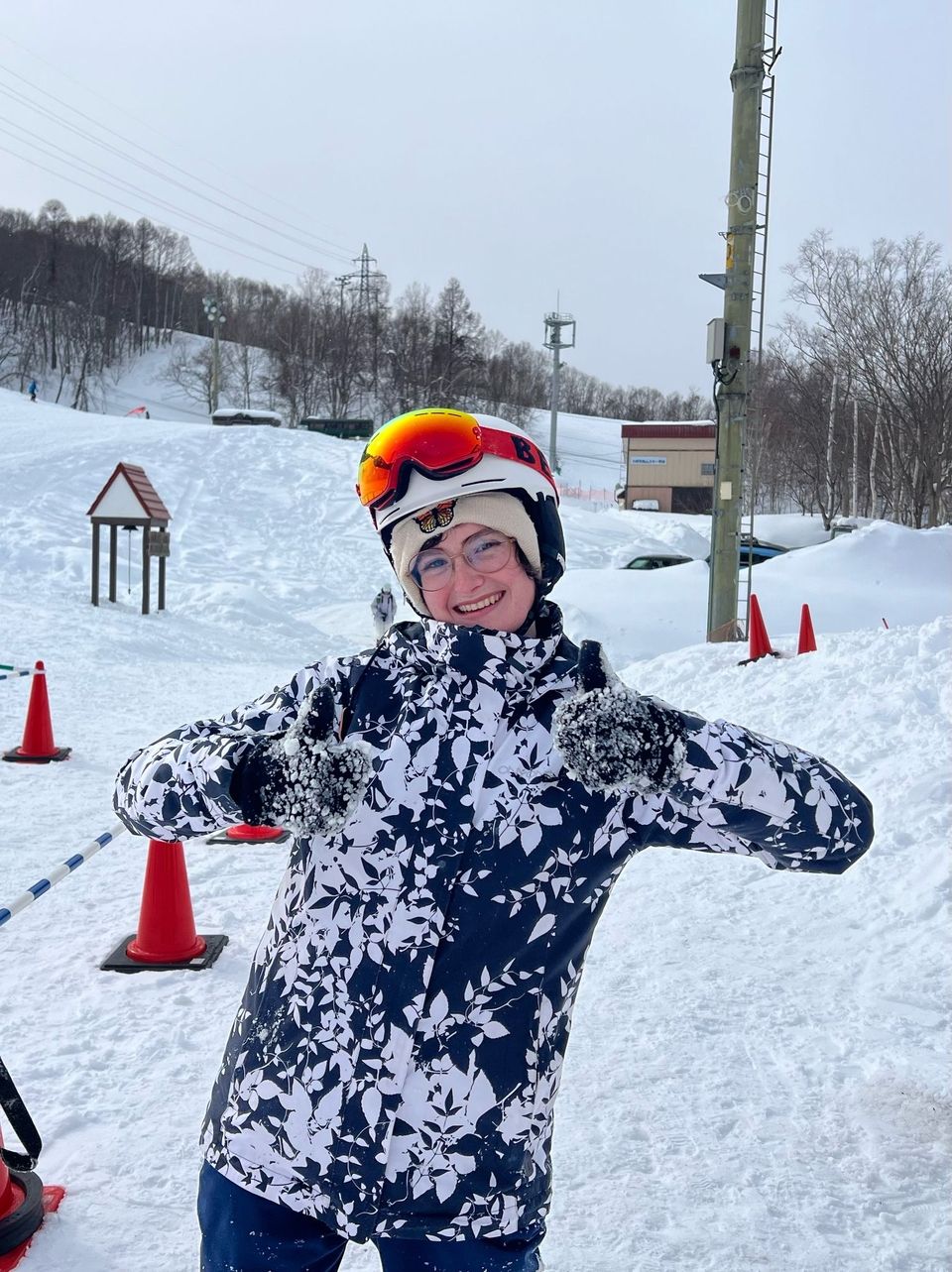
Otaru’s food is absolutely spectacular, and if you’re there, you should go all out! But if there’s one meal you should have, it’s Tonkatsu. Different pick, because Otaru is very famous for its fresh fish, and while they are delicious, I had a Tonkatsu so delicious I was converted into a pork eater. Seriously. I never chose pork for myself at restaurants before coming to Japan, but the Tonkatsu I had, pictured here, was so tender and melt-in-your-mouth, that now I look forward to Tonkatsu—except none have beat this one by far. When talking to the restaurant owners, a witty and fun Japanese couple who were willing to talk to us in both English and Japanese, they told us the pork came from pigs in the mountains, which might explain why the meat was perfectly balanced between fatty and lean.
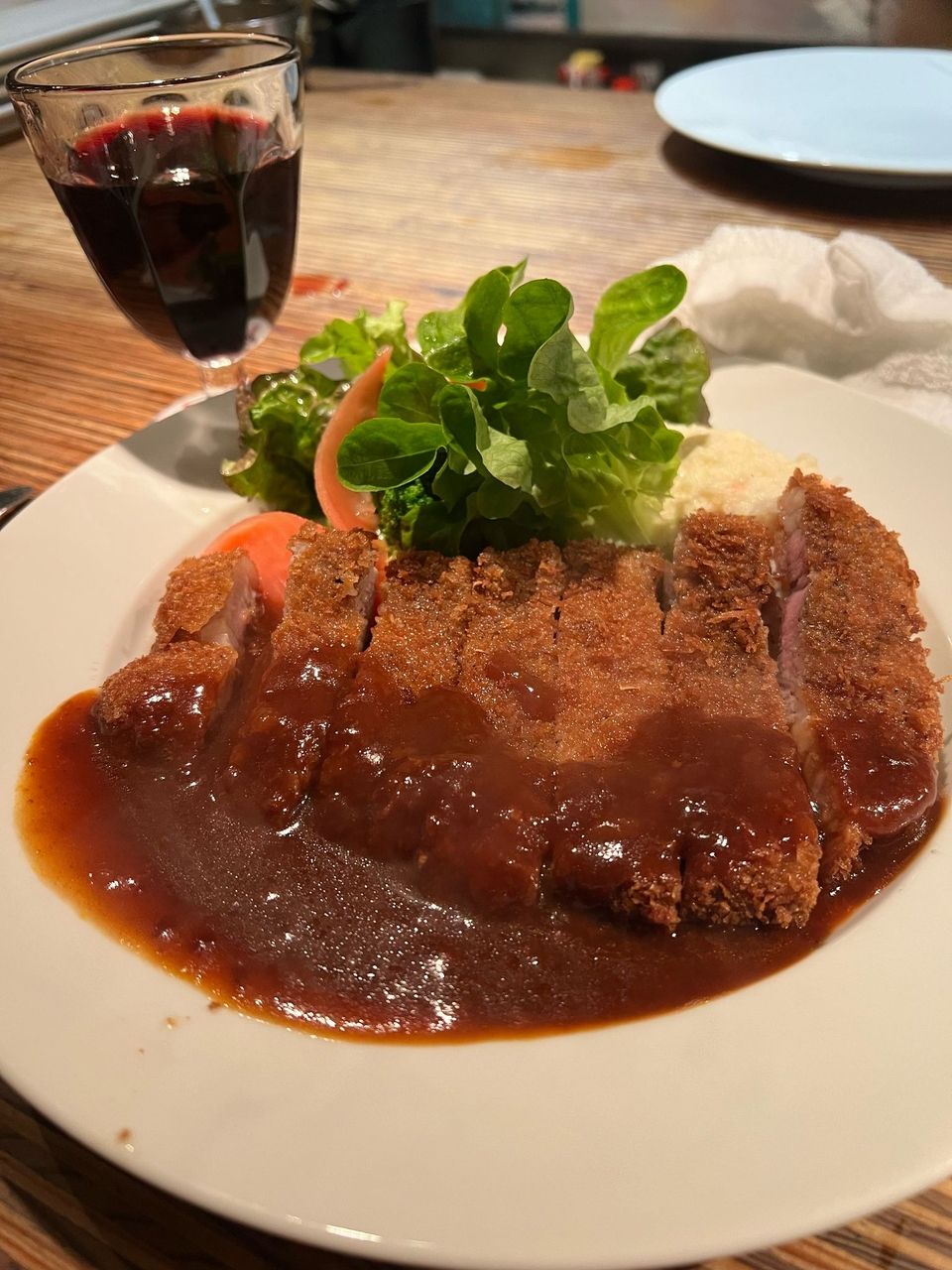
Next, you cannot go to Otaru without getting the famous double fromage cheesecake from LeTao. There are three (maybe four?) LeTao locations in Otaru alone. You have no excuse. It is the most perfect cheesecake I have ever had in my life. Dare I say best cake? That might be sacrilegious to my grandmother who has made me the most delicious birthday cakes every year of my life. The lower layer is creamy, the top layer impossibly fluffy, and the cheeses pair together to create this perfect sweet harmony. I’d say get this dessert after your Tonkatsu dinner, but it’s such a little bite of heaven that you should savor it on its own time.
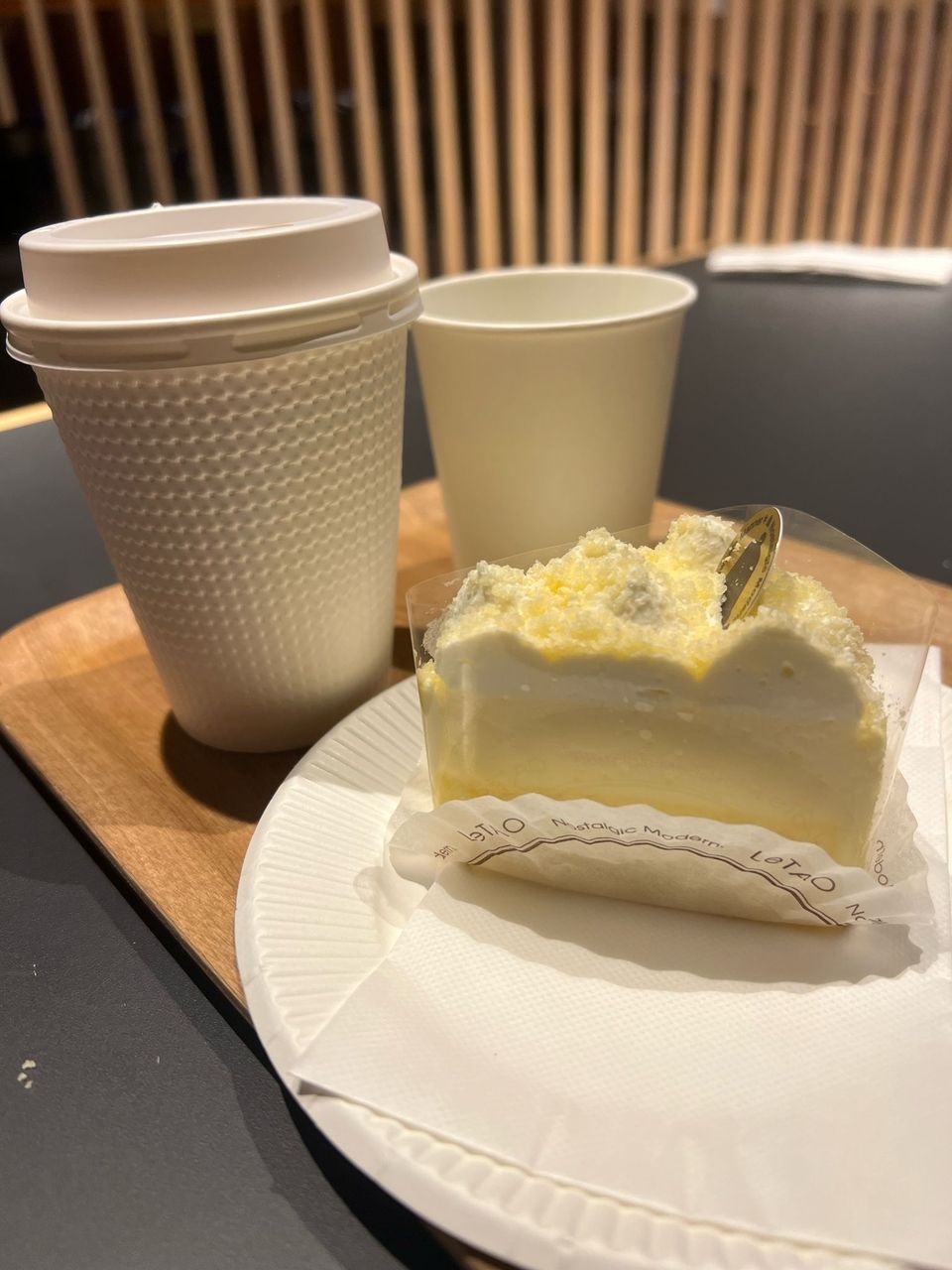
This was such a special few days and one of my most special moments in Japan by far. And fun fact, Hokkaido is considered both a region and a singular prefecture!
《Stay tuned — Part 2 will be published next month!》
Related Posts
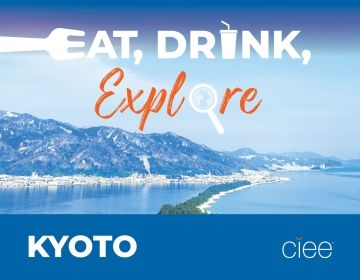
EAT, DRINK, EXPLORE: KYOTO
BEST FOOD TO EAT IN KYOTO Obanzai is a traditional style of Japanese cuisine featuring small plates that’s native to Kyoto. Think of obanzai as Kyoto’s take on Spanish tapas... keep reading
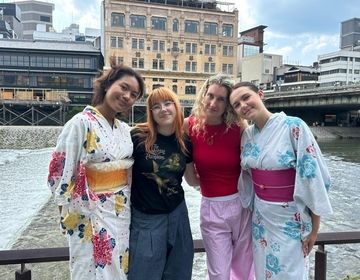
More Than Temples and Onigiri: What I Truly Found in Kyoto
Written by: Madalynn Vaine Going into CIEE Kyoto, I truly didn’t know what to expect. I imagined temples, amazing food, and a culture vastly different from anything I had experienced... keep reading
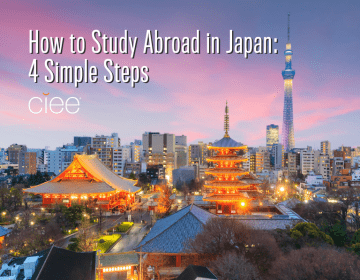
How to Study Abroad in Japan: 4 Simple Steps
Japan is an extraordinary country – one of the oldest in the world – and it will surprise and delight you at every turn. If you choose a Japan study... keep reading
